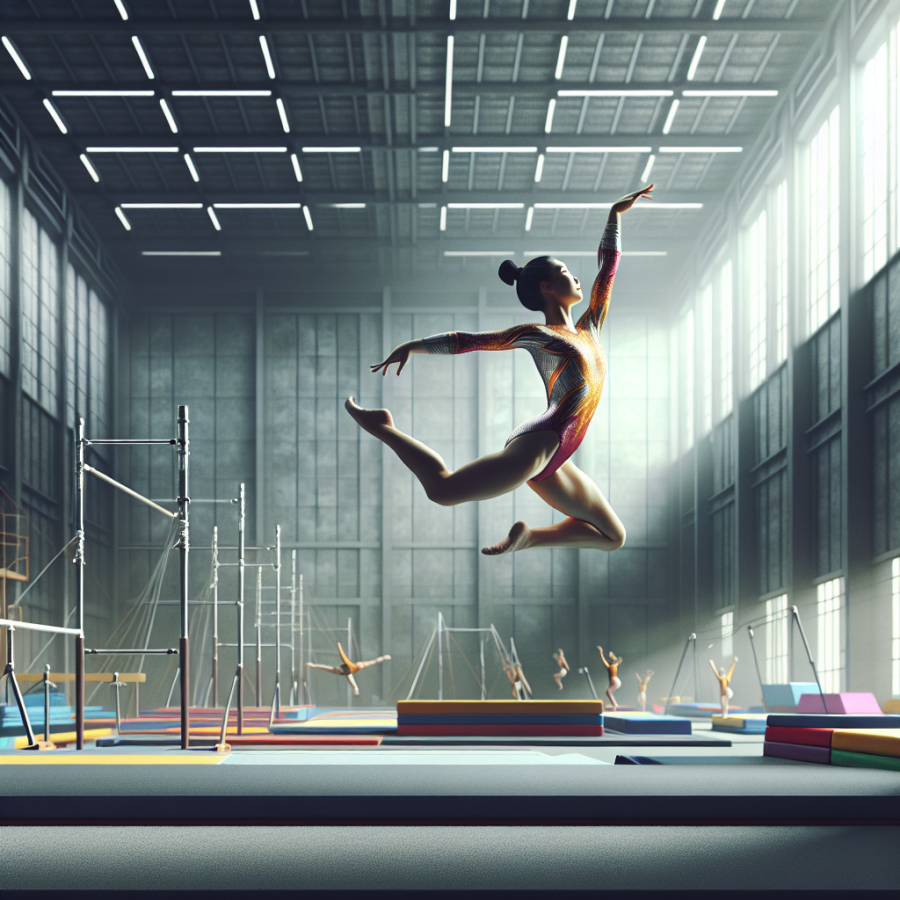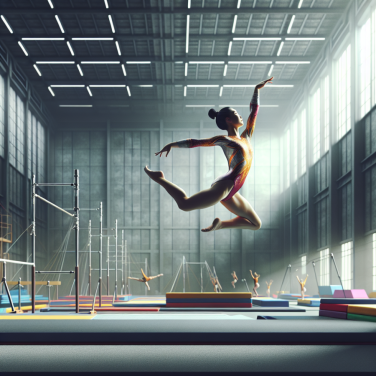Perfecting Gymnastics Fundamentals: Building a Strong Foundation
Perfecting Gymnastics Fundamentals: Building a Strong Foundation
The journey towards mastering the art of gymnastics starts with the solidification of basic skills. Indeed, for aspiring gymnasts, the importance of perfecting gymnastics fundamentals cannot be overstated as they form the building blocks for all advanced techniques and routines.
A profound understanding and execution of gymnastics fundamentals require not just repetition but also a deep focus on the quality of movement. Below are strategies and tips to help athletes methodically improve their foundational gymnastics skills.
Emphasize Proper Form from the Start
Start by learning the correct form for each movement, even in its simplest iteration. This means paying attention to hand placement, body alignment, and technique during basics such as forward rolls, handstands, and cartwheels. Coaches play a crucial role in ensuring that athletes perform these skills with precision from day one.
Progression and Consistency
Mastering gymnastics fundamentals is a gradual process. It is vital to follow a progression that allows for the mastery of simpler skills before moving on to more advanced ones. Consistency in practice is equally important, and athletes should have regular training schedules that allow them to practice these basics until they become second nature.
Strength and Flexibility Training
Core strength, along with overall body strength, plays a pivotal role in the execution of all gymnastics skills. Incorporate specific strength training and conditioning exercises that target muscles used in gymnastics. Flexibility is equally important, as it enables a greater range of motion, allowing for more fluid and dynamic movements. Regular stretching, yoga, or pilates sessions can significantly improve flexibility.
Mental Imagery and Focus
Mental imagery, where athletes visualize executing a skill flawlessly, can aid in the learning process. This mental practice can reinforce muscle memory and enhance focus during physical training. Gymnasts should also practice focusing on the task at hand, eliminating distractions that could potentially hinder their skill execution.
Feedback and Analysis
Receiving constructive feedback from coaches or using tools like video analysis can be invaluable for identifying areas that need improvement. By analyzing their performance, gymnasts can make more informed adjustments to their technique. It's also beneficial for athletes to watch skilled gymnasts perform the fundamentals to gain a better visual understanding of what they are striving for.
Repetition with Variation
Practicing the same skills repeatedly is essential, but incorporating variations can prevent plateaus.
Read also:
Thrills of Big-Game Fishing: Hooking the Ocean's Giants
Advanced Techniques and Routines: Elevating Your Gymnastics Performance
As gymnasts progress through their training, it becomes increasingly necessary to adopt advanced techniques and implement rigorous routines that push the boundaries of their abilities. This section is dedicated to exploring sophisticated strategies and practices that can help gymnasts elevate their performance and excel in the sport.
**Periodization and Training Cycles**
To maximize athletic performance, gymnasts should adopt a periodized training approach. This means strategically planning training cycles that involve varying volumes and intensities throughout the year. For instance, during the off-season, the focus may be on building foundational strength and flexibility, while pre-competition phases might emphasize skill refinement and routine run-throughs. By cycling through phases of preparation, athletes can reach peak performance when it counts the most.
**Refined Technique Optimization**
Attention to detail is paramount in gymnastics. As athletes progress to higher levels, the need to refine and perfect each movement becomes more acute. Working with coaches to scrutinize and enhance technique—such as the hand placement on bars, the angle of entry on vault, or the balance on beam—can make significant differences in execution and scoring. Even small adjustments can lead to improved stability, smoother transitions, and a reduced risk of injury.
**Video Analysis**
Technological tools are invaluable for advanced gymnasts seeking to perfect their art. Video analysis enables athletes to break down their performances frame by frame, offering insights that are difficult to capture in real time. This can help with identifying imperfections in techniques, understanding the dynamics of their movements, and setting targeted goals for improvement.
**Cross-Training**
Incorporating different forms of exercise into training can enhance a gymnast's strength, flexibility, and endurance. Cross-training activities like Pilates, ballet, or swimming can improve a gymnast’s core strength, balance, and cardiovascular health. This not only contributes to overall athletic ability but also helps to prevent overuse injuries by diversifying the demands placed on the body.
**Mental Rehearsal and Visualization**
The mental aspect of gymnastics is just as important as the physical. Advanced gymnasts should practice visualization techniques, mentally executing their routines with precision and confidence. This mental rehearsal can improve focus, reduce performance anxiety, and make routines feel more natural when it’s time to compete.
**Nutrition and Recovery Protocols**
Optimal nutrition and recovery are essential as training intensity increases. Eating a balanced diet that provides enough calories and nutrients can fuel rigorous sessions and aid in the body's repair process.




